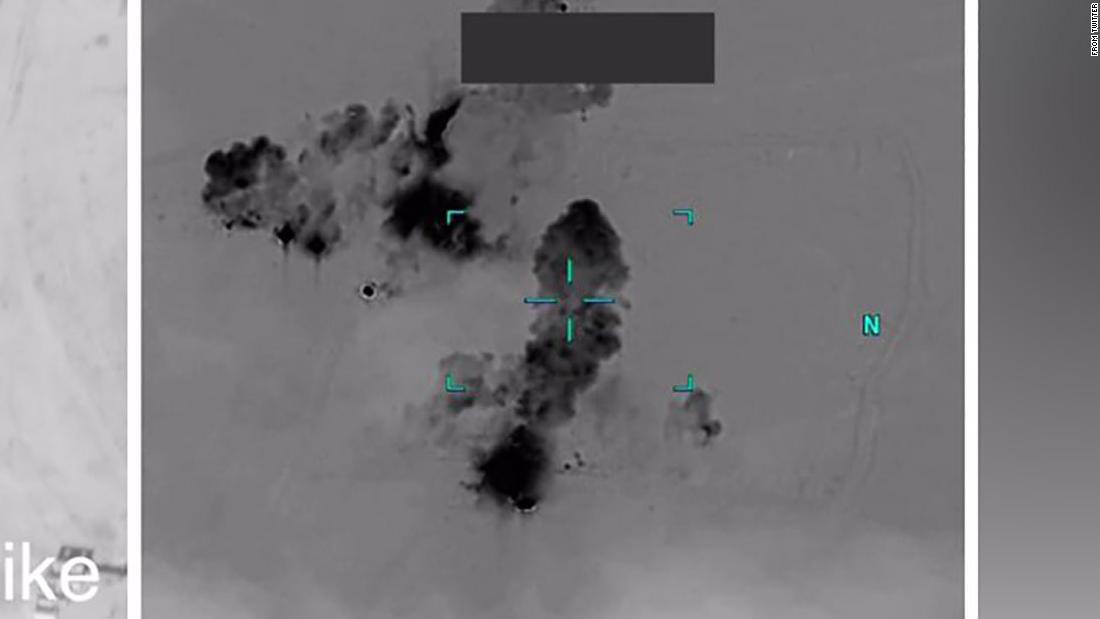The Pentagon was careful to note in the
statement it released Sunday about the US strikes on the Kataib Hezbollah targets that these actions were “defensive” in nature because they were in response to attacks on American servicemen and contractors.
The military action, in conjunction with prior hesitation by the Trump administration to attack Iranian targets, suggests an emerging Trump doctrine about when he will authorize the use of military force.
Earlier this year, President Trump
was hesitant to use force against Iran after Iranian forces shot down an American surveillance drone. At first, military action seemed probable, but on June 20 he pulled back airstrikes on Iranian targets that could have killed as many as 150 people,
claiming it wasn’t a “proportionate” response to the unmanned drone that was brought down.
Three months later, on September 14, a barrage of missiles and drones
targeted two of the world’s most important oil facilities in Saudi Arabia, knocking out about half of the country’s oil capacity and immediately spiking oil prices
around 15%. A day after the attacks in Saudi Arabia, President Trump
tweeted that the United States was “locked and loaded depending on verification” of who was behind the attacks. Yet when the Trump administration
credibly blamed Iran for the attacks, Trump, it turned out, didn’t want to get embroiled in another war in the Middle East and chose to impose
additional sanctions on Iran instead of a military response to the attack on a close ally.
Taken together, these examples indicate the administration has developed a set of principles when it comes to conflict with Iran or its proxies.
Trump will not carry out military operations against Iran for attacks against unnamed American drones. He will also not respond when a close ally such as Saudi Arabia suffers significant attacks on the key node of its economy.
Trump will, however, respond militarily when Americans are killed or wounded by Iran or its proxy forces.
Sunday’s strikes in Iraq and Syria are a sensible and proportionate use of force by a commander in chief who, despite his often-hyperventilating rhetoric, has hitherto proven reluctant to get into a shooting war with Iran.



